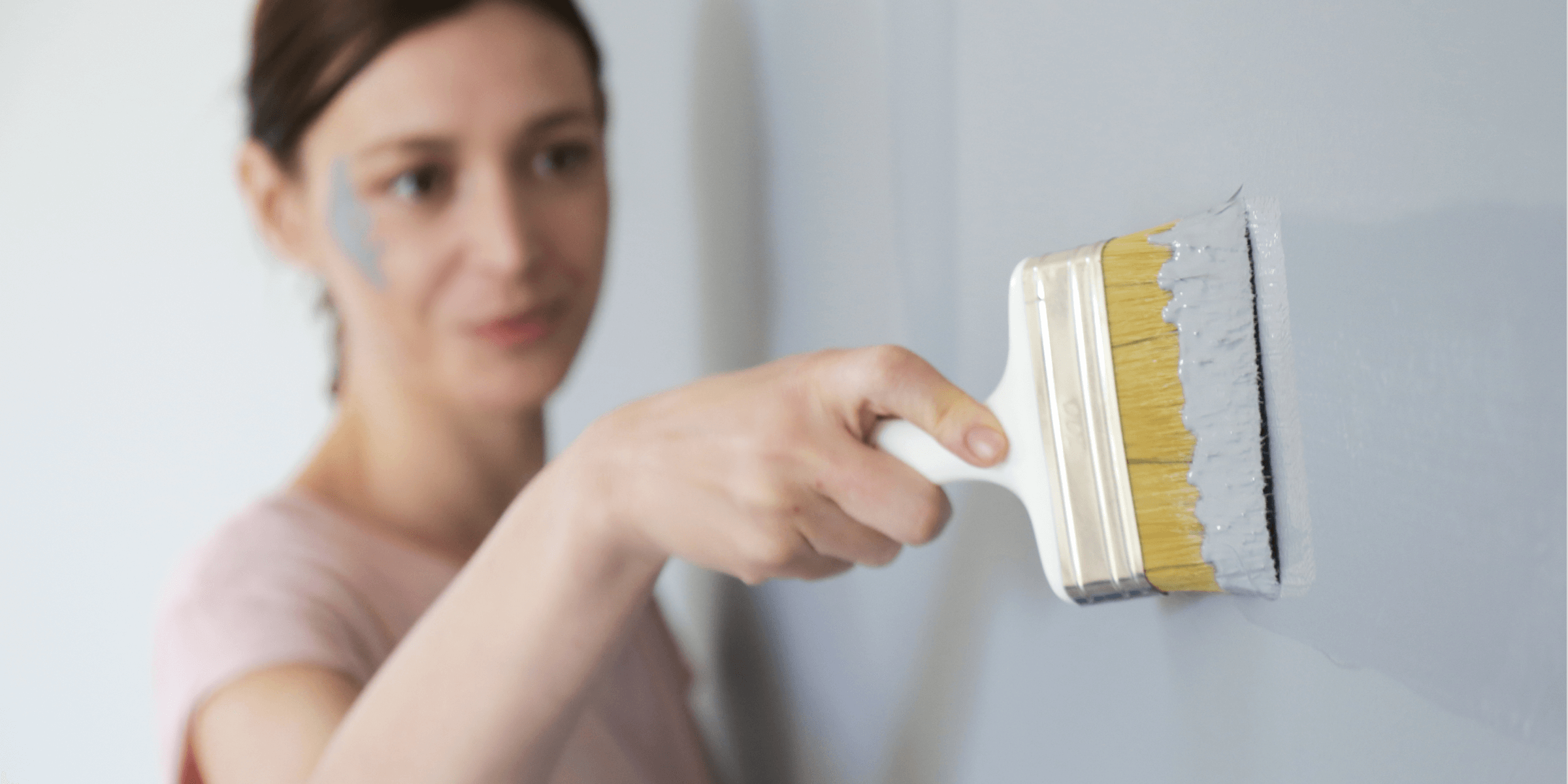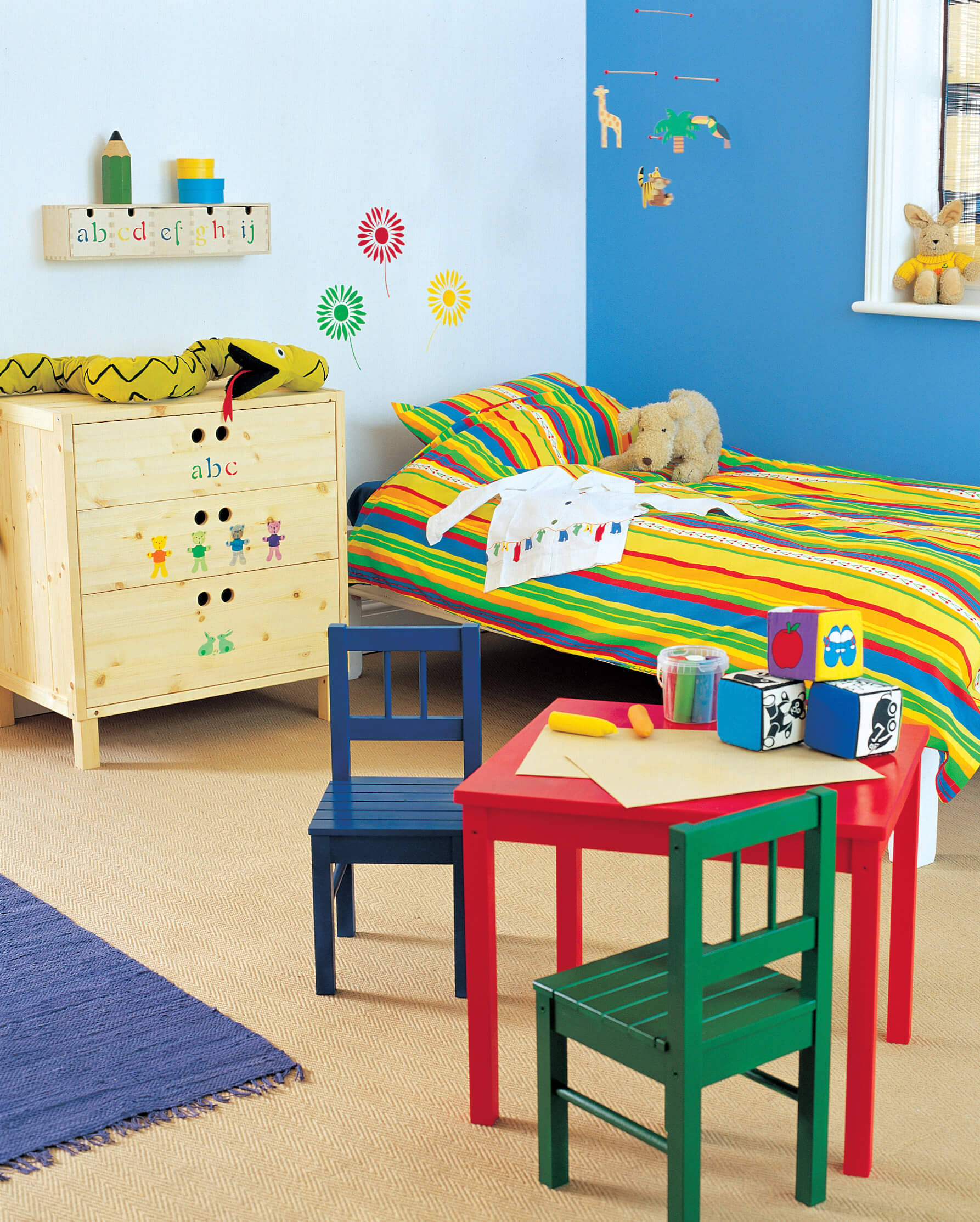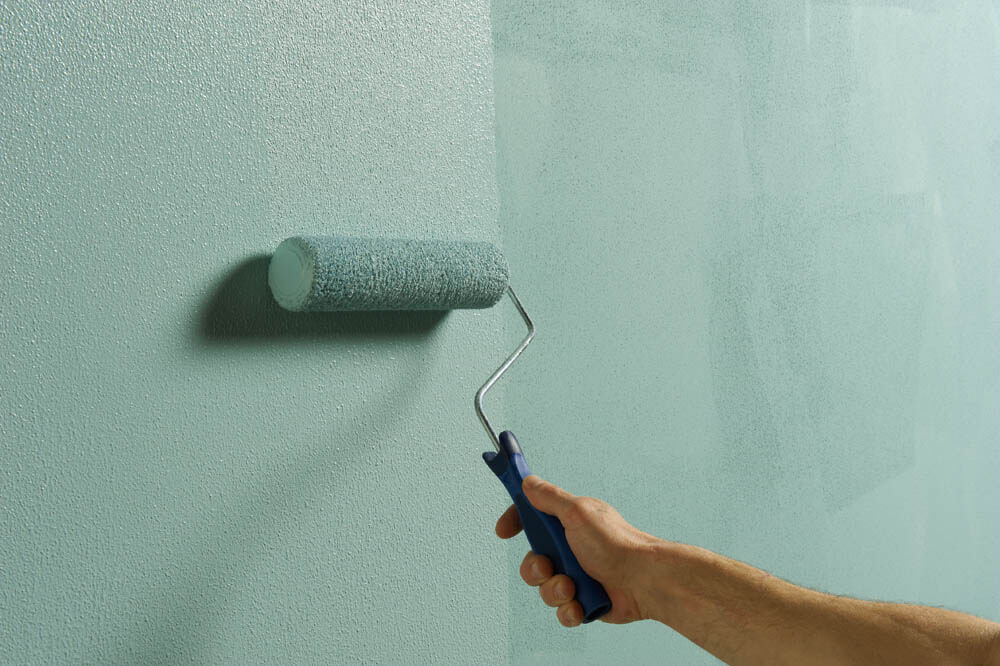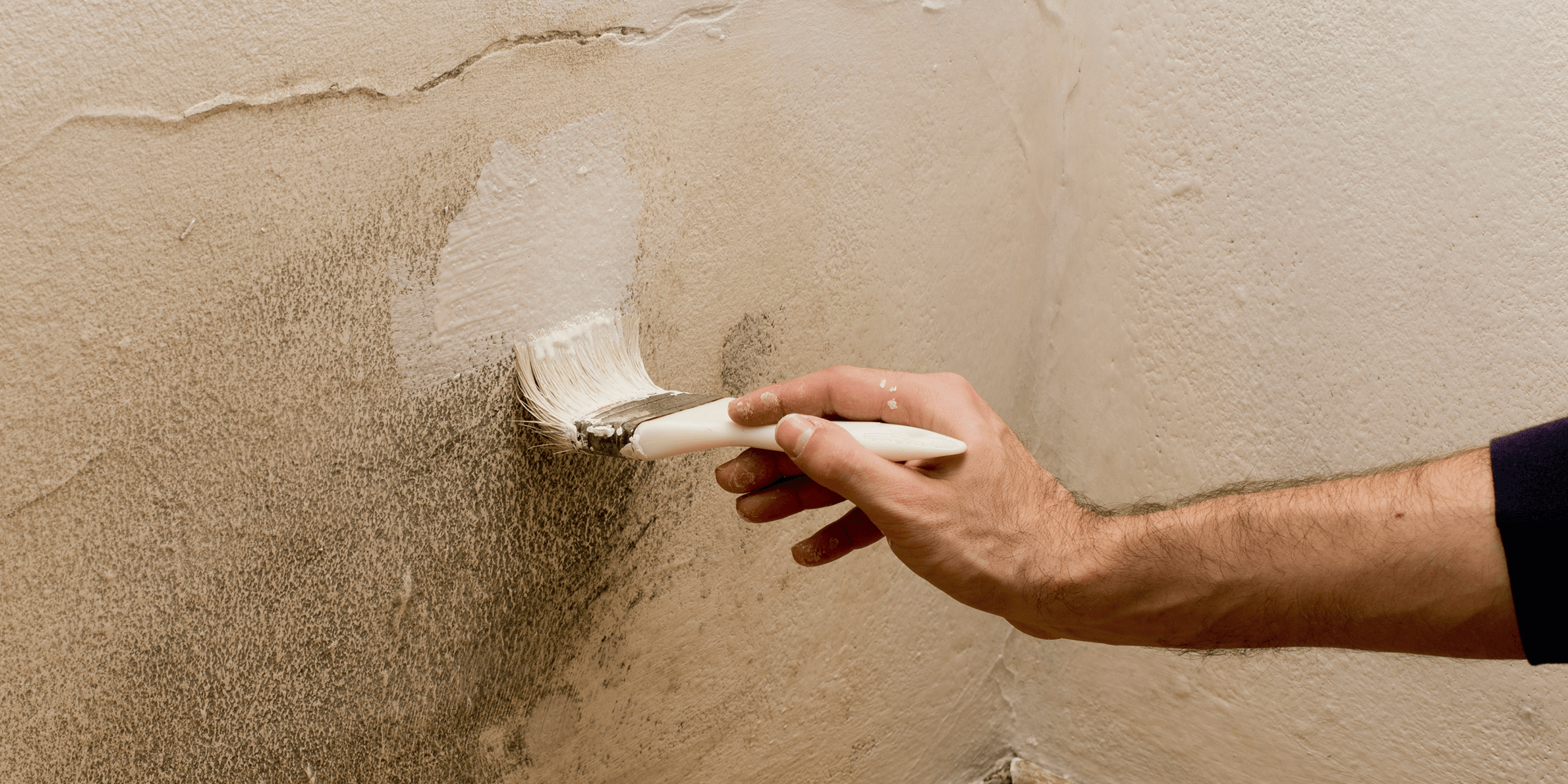
How to fix and paint a damp wall
Damp walls can affect your paint finish, smell unpleasant and, in extreme cases, can cause health problems.
Fortunately damp isn’t too difficult to deal with and can be treated and painted over to stop it from reappearing again.
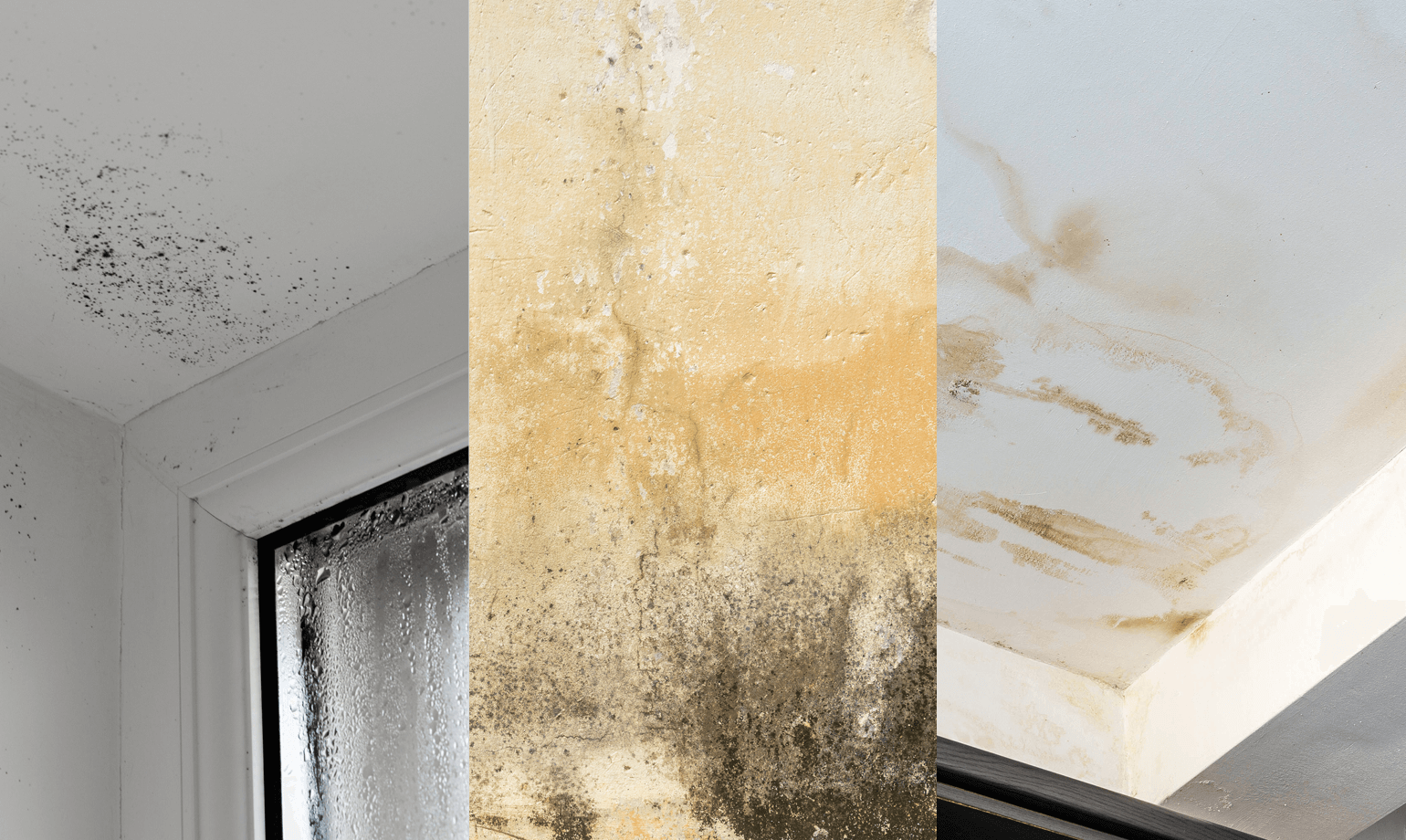
What causes damp
There are three different types of damp.
Condensation is unavoidable and happens when hot air hits a cold surface. It’s most common in kitchens and bathrooms after cooking or showering, but it can also appear on windows after the heating has been on, for example. If condensation is left to sit on surfaces for too long, it will cause damp and mould.
Rising damp looks like a yellow watermark on your wall and often starts just above your skirting board, slowly expanding. Because of the area it often appears in, it can cause your skirting boards to rot too. Rising damp happens when groundwater penetrates through the brick of your home and making its way to your interior walls. It’s rare but does happen, especially after heavy and persistent rainfall.
Penetrating damp is more common than rising damp and is caused by things like a burst pipe or water ingress. It can often be a sign of exterior damage to walls or a roof. This kind of damp looks patchy and is often high up walls near the ceiling or down by skirting.
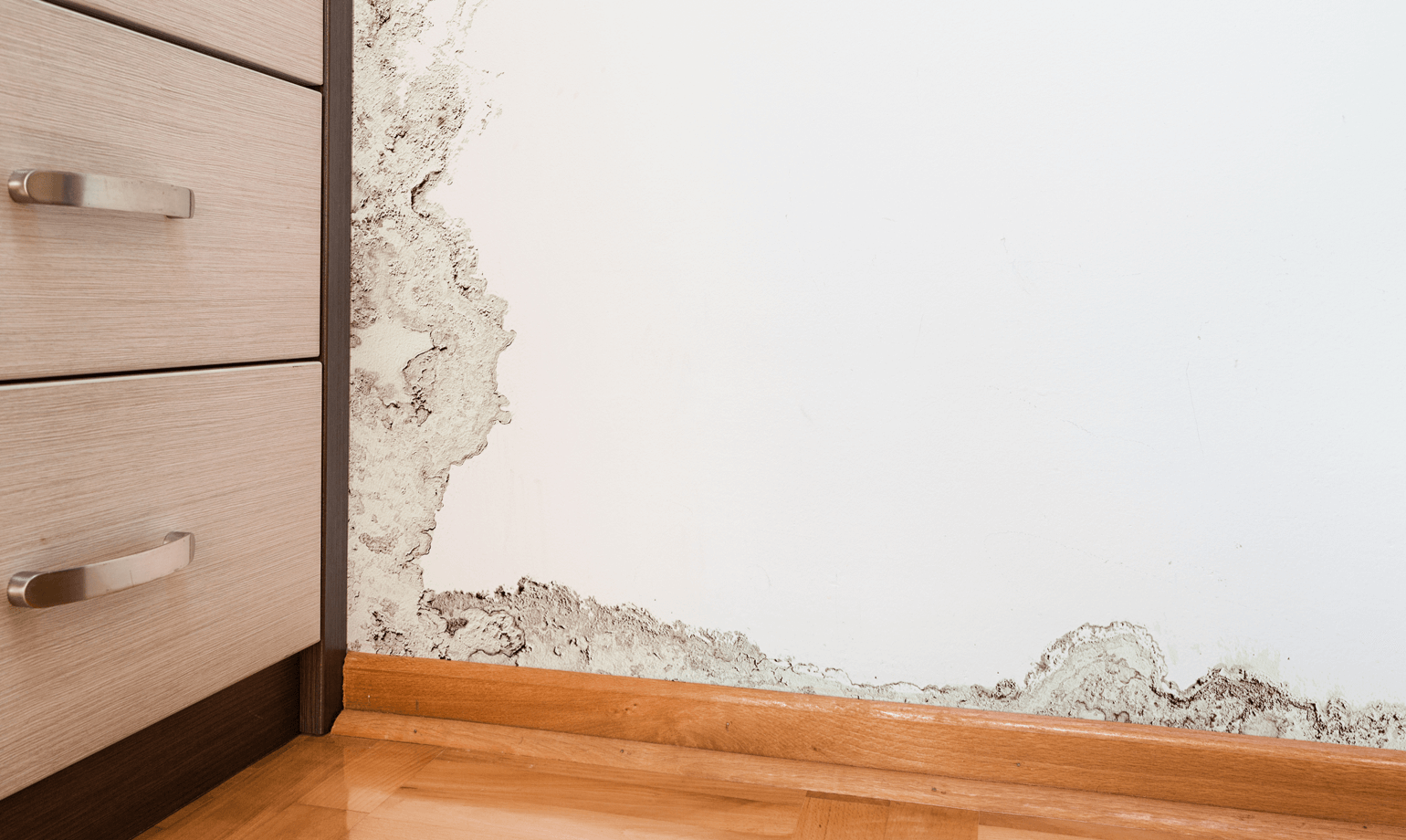
How to identify damp
Mould is the most obvious sign of damp and is often the result if the damp has been present for a while. For earlier signs of damp, you might notice a musty smell or your walls could feel cold and wet.
Another sign is discolouring or peeling of your paint or wallpaper. You might also find that plaster is fragmenting too.
While excessive condensation isn’t a guaranteed sign of damp, it can be a cause of it. So make sure you properly ventilate your kitchen and bathroom to get rid of the excess.
Rising damp looks like a watermark and moves vertically, whereas penetrating damp is patchy and spreads horizontally.
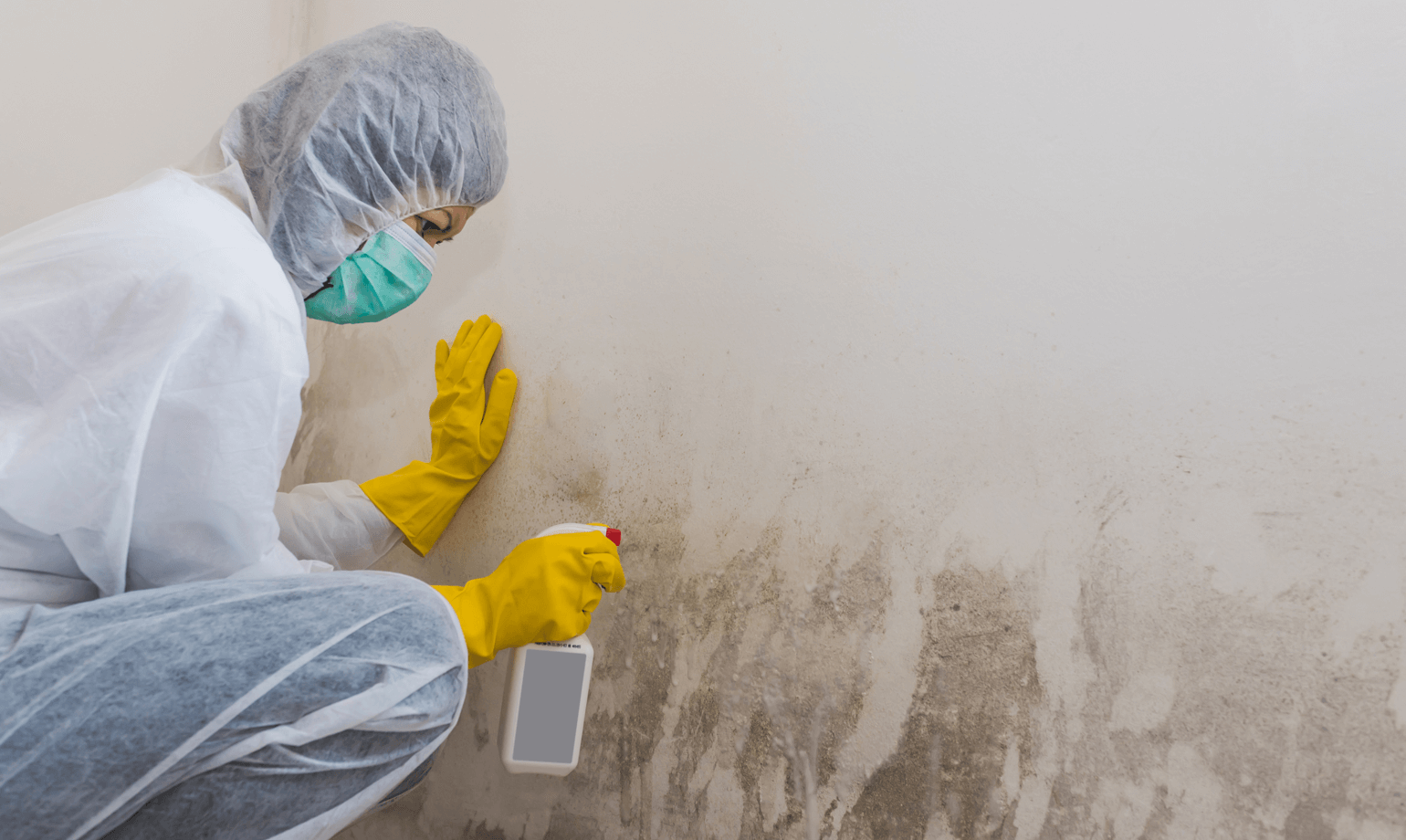
How to fix damp
How you fix damp depends on the cause of the problem. If you think there’s a problem with your exterior wall, roof or you have rising damp, call a specialist who will help identify the cause and fix the problem.
If your damp is caused by condensation and you have mould, you need to treat that first. Mould can be removed with a suitable mould cleaner and following the instructions. You shouldn’t ever just paint over mould or try and wipe it away because this can make the problem worse.
Once you’ve addressed the cause of the damp, you’re ready to paint over it.
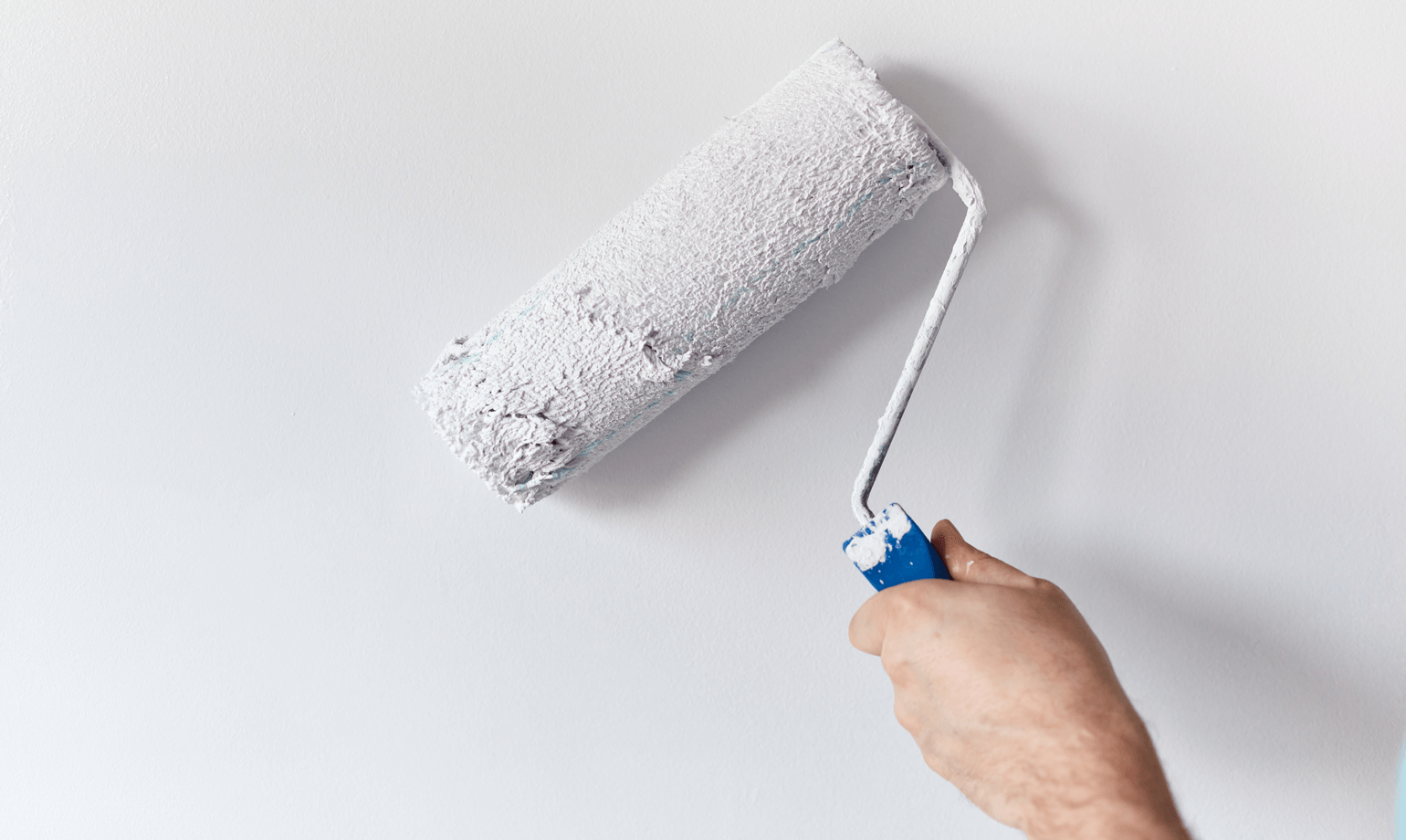
How to paint over damp
When painting over a damp patch, you should always use a specialist paint. Paints designed for damp often have properties that treat the problem as well and stop it from coming back. They also let moisture escape meaning there won’t be a build-up of damp. So if you’ve fixed the root cause, using a specially formulated damp paint should put a stop to the problem for good.
Damp stains can be difficult to paint over but specialist paints should make this job easy. Our damp seal permanently seals and blocks damp stains from spreading, so it won’t ruin your topcoat.
Some damp paints let you paint it directly straight onto the damp patch whereas others might need a dry surface to adhere to. You should also check that the paint you’re using lets you add another layer of emulsion on top. Some paints are most effective when they act as the topcoat, but that drastically narrows your colour choices. So do your research before you choose your paint.
Applying it to the wall is straightforward and doesn’t require any special techniques, just paint it as you usually would.
Looking for our Damp Seal Primer? Find your nearest B&Q to pick up a tin.




